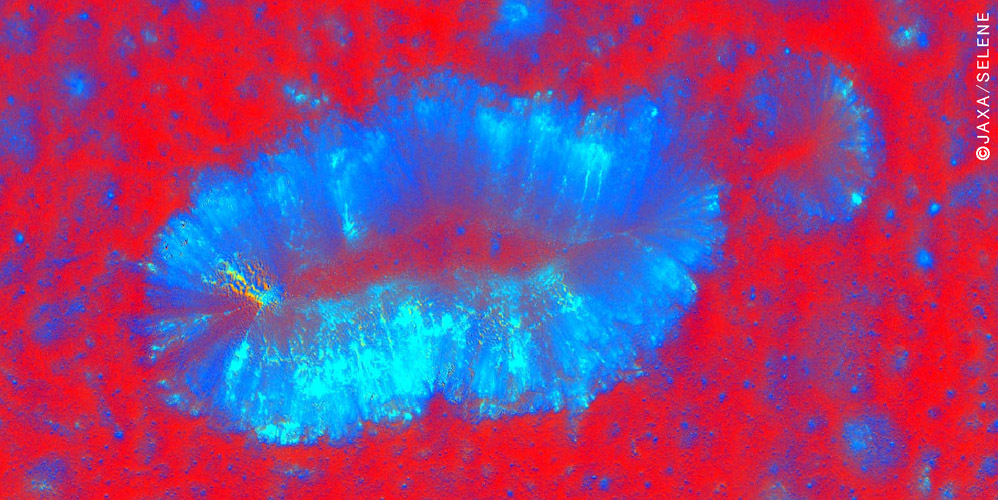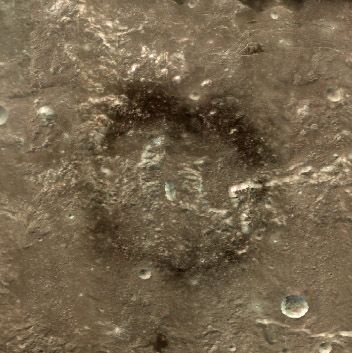Difference between revisions of "April 22, 2009"
| Line 22: | Line 22: | ||
<br /> | <br /> | ||
<hr /> | <hr /> | ||
| − | <!-- Removed reference to store page --> | + | <!-- Removed reference to store page 2 --> |
<br /> | <br /> | ||
<!-- ws:start:WikiTextMediaRule:0:<img src="http://www.wikispaces.com/site/embedthumbnail/custom/892375?h=0&w=0" class="WikiMedia WikiMediaCustom" id="wikitext@@media@@type=&quot;custom&quot; key=&quot;892375&quot;" title="Custom Media"/> --><!-- ws:end:WikiTextMediaRule:0 --><br /> | <!-- ws:start:WikiTextMediaRule:0:<img src="http://www.wikispaces.com/site/embedthumbnail/custom/892375?h=0&w=0" class="WikiMedia WikiMediaCustom" id="wikitext@@media@@type=&quot;custom&quot; key=&quot;892375&quot;" title="Custom Media"/> --><!-- ws:end:WikiTextMediaRule:0 --><br /> | ||
Revision as of 23:35, 8 February 2015
The Kiss of Fire

north to the left image by Kaguya Image Gallery
 |
Somehow I thought of Klimt and his luscious paintings from a hundred years ago when I saw this image. This luscious closeup of lips is the flamboyant false coloration of a small volcanic vent on the western limb of the Moon. The Clementine image below shows the dark ring of volcanic ash - called Mare Pacificus by the Soviets who discovered it - that erupted from the vent, just visible in the middle. In this high resolution Kaguya Multi-Spectral Imager view the blue appears to represent freshly exposed surfaces (perhaps exposed by material sliding down slopes) that have not had time to be darkened by radiation.
Yesterday's LPOD: Just a Piece Tomorrow's LPOD: Congratulations, John!
COMMENTS?Register, Log in, and join in the comments.
|



